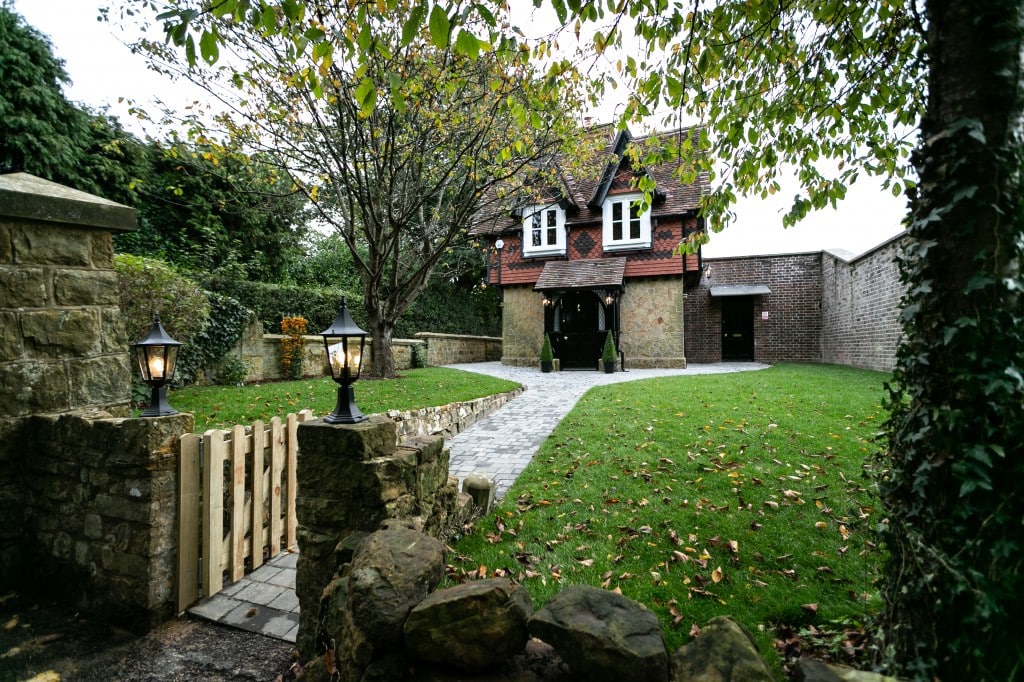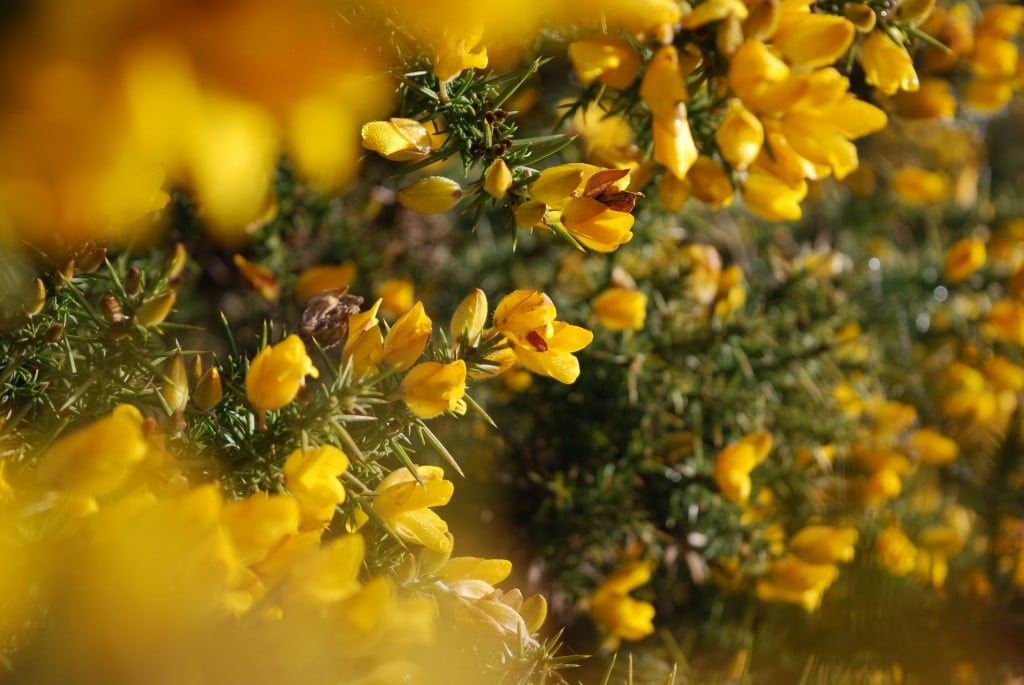Sussex is a popular tourist destination due to its stunning countryside, beautiful coastline and close train links with London. While Sussex is now divided into East Sussex and West Sussex, the area was once an independent Anglo Saxon kingdom with a rich history. With many areas of outstanding natural beauty, Sussex has plenty for visitors to see. There are a wide range of places to enjoy, from Roman ruins to Brighton’s shopping area.
Sussex is famous for its natural beauty, with castles, gardens and incredible wild spaces in areas like the south downs, all of which are open for visitors to enjoy. Sussex offers a fantastically varied landscape, from chalk cliffs and beautiful beaches to rolling hills and forests.
Here at Salomons Estate in Kent, we are a stone’s throw from the County of Sussex. With our numerous connections in the area if any of our guests are interested in any of the nearby sights we would be delighted to help you book a visit. Our staff are enthusiastic and will be happy to give you some local advice on our favourite places to visit in Sussex. If you have any more questions about Salomons Estate, please contact us here.
Here are some of the most popular places to visit for people on holiday looking for a wonderful day out.
Bodiam Castle
Bodiam is a moated castle surrounded by stunning wildflower meadows. A relic of a far more turbulent past, this castle, maintained by the national trust, has a café and gift shop to visit. Bodiam is surrounded by incredible fields and forest with many walks around the stunning grounds for visitors to explore. The castle also offers children’s nature trails and tours for families to take part in.
The castle itself was built in 1380 by Sir Edward Dallingridge. Sir Edward and his wife lived through both the plague and the political unrest that led to the wars of the Roses. Sir Edward gained his fortune as a decorated soldier in the wars against the French, becoming renowned for his martial skills. Built in the time of Chaucer, this castle is a fascinating piece of history. The castle was bequeathed to the National Trust in 1926 and has remained under the guardianship of the trust ever since.
Seven Sisters
The Seven Sisters are part of the South Downs National Park; the stunning chalk cliffs are often used for filming scenes set at the far busier white cliffs of Dover. The nature reserve protects the wetlands and estuary where the River Cuckmere meets the English Channel. The paths through the Seven Sisters Nature Reserve are well maintained with walks suitable for all ages. With many walks and cycling routes in the area, as well as a gift shop and tourist information, the Seven Sisters are popular with locals and tourists alike.
This site is vitally important to conservationists due to the rare sea birds and plant species that live in the salt marsh. The Seven Sisters themselves and the estuary acts as a nesting site for many sea birds. It is a popular local haunt for birdwatchers and is a popular trip for geography students which visit to observe the natural meanders of the estuary as well as the ox bow lakes.
Camber Sands
Unlike most Sussex beaches, which are usually covered in pebbles or shingle, Camber sands is a long sandy beach and home to Sussex’s only sand dunes. Despite the gorgeous scenery, the beach remains mostly unspoilt with relatively few visitors. There are often seals seen at Camber Sands and many wild birds which visitors can try and spot. A popular surfing and wind surfing destination, there are many water sports at Camber sands, such as body boarding, that everyone can try!
Near to Camber sands are Camber castle and the Rye Nature Reserve, both of which are worth a visit.
Battle Abbey
The scene of what may be the most famous battle in the history of England, between William the Conqueror of Normandy and King Harold II, the battle of Hastings in 1066 had long lasting political effects on both the UK and Europe as a whole. The battle lasted for 9 hours which ended when King Harold II was famously killed during the battle with an arrow in his eye. The Norman conquest of Britain was followed by the creation of the Medieval feudal system that has fundamentally changed the history of Britain and its culture.
The battlefield and the abbey beside it are lovely places to visit, with handheld guides that narrate the historical record as you explore this historic site. The gatehouse and visitor centre have interactive multi-media retellings of the story of the battle creating a more detailed picture of the history of the site.
Situated within the local town of Battle, there is a thriving shopping centre and some incredible pubs and restaurants to visit while you are there.
Bewl Water
Bewl is a popular cycling and walking destination. The Bewl welcome centre features a café and a children’s playground which offers a perfect rest area for weary travellers. The reservoir has a range of wild species that call the area home and are often spotted from the well maintained and marked path around the reservoir.
The reservoir itself offers a wide range of water sports to guests with a license, canoeing, kayaking, open water swimming, paddle boarding, fishing and boating are all popular at Bewl. For more adventurous visitors there is an aqua park and laser tag which should be booked ahead of time.
Charleston Trust
The Charleston trust is home to the Charleston house which has a long association with LGBTQ+ history, acting as the home of the Bloomsbury group. The Bloomsbury group were an association of bohemian writers and artists including Virginia Wolf. The Bloomsbury group were politically liberal and rebelled against the societal restraints of the time.
With stunning gardens, a café and an attached gallery, this house is worth a visit for those who are interested in art and creative pursuits. There are regular workshops and poetry readings held there, including ‘painting in the garden’ and ‘the art of printing’ for anyone interested in creating their own art.
Anne of Cleaves House
The Anne of Cleaves House formed part of the divorce settlement between Anne and King Henry the VIII. While she never actually lived there, this Tudor house has been almost perfectly preserved, giving visitors a glimpse into the past. The Lewes museum is attached to the house and creates a broader picture of the time period. If you want to visit, make sure you book ahead of time as they have limited spaces.
Lewes castle and the beautiful Lewes town are also well worth a visit. For those looking to visit one of the local pubs or breweries, Lewes is also home to Harvey’s brewery, the oldest independent brewery in East Sussex. The brewery business has been in the area since 1820 and has flourished ever since. Cheers!
Long Man of Wilmington
The Long man of Wilmington is an incredible sculpture cut into the chalk ground on the side of the south downs. The landmark is Europe’s largest portrayal of the human form, the exact age of the Wilmington man is unknown, although earliest records of it date back to 1710 when it was found and has baffled archaeologists ever since. Many believe the Wilmington man to be much older, even pre-Roman but the Long Man of Wilmington’s age and purpose remain a mystery.
The South downs area is an area of outstanding natural beauty. The Downs are covered in footpaths with a range of difficulties and lengths for hikers of different abilities. The area is a popular destination for campers looking for a hiking or cycling holiday.
If you are interested in a hotel break with Salomons Estate, then please contact us here. Our knowledgeable staff will be able to discuss your options and answer any questions you may have.




